Surprising Foods That Are Still Not Allowed In America
It should come as no surprise that America has strict laws when it comes to food and consumable products. To safeguard the population’s health and deter possible threats, the Food and Drug Administration makes efforts to pass laws and keep the population updated about certain products to ensure the safety of every citizen on American soil.
Some argue that the FDA can be overbearing, but in reality, scientists and researchers work daily to ensure that they are as reasonable and as efficient as possible. The US is in the top ten countries with the strictest food laws. If you live outside the U.S., you might be surprised to learn what kinds of common food products are banned. Otherwise, are you ready to find out what you’re missing?
Junk Food
Although the U.S. is known for its hefty supply of junk food, some states are cracking down. States like Massachusetts, California, and New York are banning sodas and junk food from schools to tackle nutrition deficiencies and promote health for the younger generations.

Source: Cory Doctorow/Flickr
The state of California also banned food from the checkout aisle. What used to be a traditional place for candy and chocolate bars now forbids products that contain over 5 g of sugar or 250 mg of sodium as a way to diminish impulsive snack sales.
Queen Conch
In many Caribbean countries, queen conch meat is a favorite dish, it can be prepared fried or fresh, but in the U.S., it’s been banned because of its endangered species status. The tropical marine mollusk is extremely rare and is only found in the Gulf of Mexico and the Caribbean. The problem is that it has been harvested to the brink of extinction.
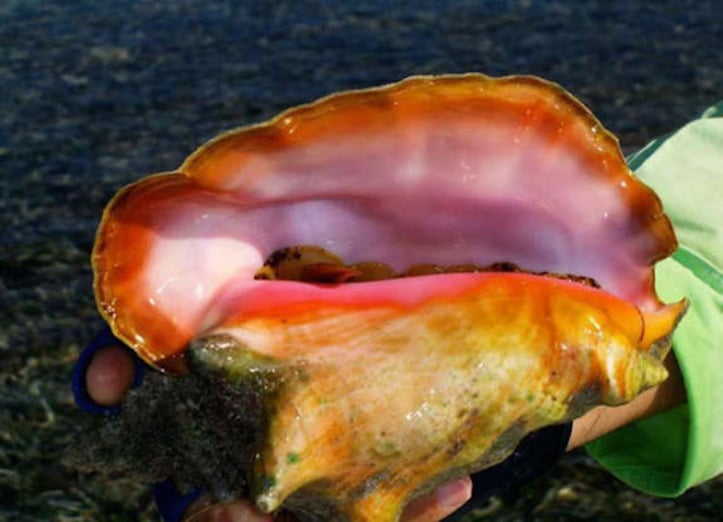
Source: Wikimedia Commons
In Florida, it is heavily frowned upon to pick queen conch, and people can spend a long time in jail if they’re found harvesting, consuming, or bringing it from another country. Other countries have made their own conservation efforts, and Colombia even released a catchy pop song called “Conch Gone” to bring awareness to the issue.
Mont d'Or
The Holy Grail of soft cheeses. This full-fat cow milk delicatessen cannot be enjoyed by those living in the U.S. Because it’s made from unpasteurized milk, it’s impossible to find it in any gourmet boutique or cheesemonger’s display.
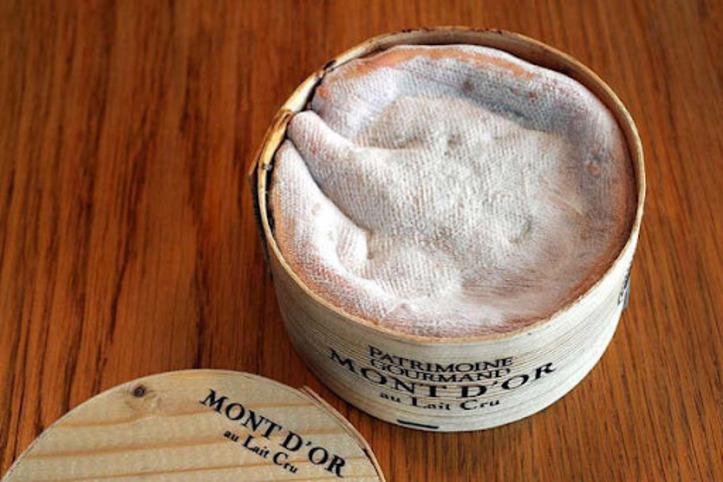
Source: Chriusha/Wikimedia Commons
This cheese can only be made during the end of the milking season, starting in August. Tastewise it’s meant to be salty, milky, and very creamy. Fortunately, there are pasteurized versions made in the U.S. that come very close to the real deal.
Sea Turtles
Believe it or not, sea turtles are still heavily sought as a delicacy. In the U.S., it is illegal to consume any specie that has a “critically endangered” status, and the sea turtle, unfortunately, has been on the list for a few decades now.

Source: P. Lindgren/Wikimedia Commons
Although it is still legal to hunt turtles in 42 countries, including Australia, Colombia, Indonesia, and Papua New Guinea, Australia has the most casualties per year. Turtle eggs and meat have been thought to have medicinal properties, but this idea has been definitively debunked.
Bush Meat
The term bush meat doesn’t mean squirrels and rabbits—it’s meant to refer to the variety of wildlife in Africa, Asia, and South America that can be commonly found in street markets for consumption. Since many of the species that can be found under the banner of “bushmeat” are endangered, its consumption is a threat to wildlife in certain regions of the world.

Source: Okwusman1/Wikimedia Commons
It’s also illegal because of health concerns. Since these meats are minimally processed, they tend to be riddled with germs and bacteria that carry the threat of disease. For example, the Ebola virus has been linked to the eating and handling of bushmeat.
Lazy Cakes
These are not your average brownies—these are sleep-inducing treats. The melatonin-infused cakes were introduced to the market in 2010, and by 2011 Lazy cakes were already facing heavy scrutiny from the FDA. After an incident that landed a few children in a hospital after consuming high doses of the sweets, they were forced to change their name to Lazy Larry.

Source: Pixnio
The Food and Drug Administration made the company change its label since melatonin is not an approved food additive. Even though they had to make the image switch, the company made sky-high profits. A gas-station clerk claimed that even at $4 the piece, he sold around 40 Lazy Cakes per week before it was banned in a few states, including Arkansas.
Horse Meat
Although technically, it isn’t illegal to eat horse meat in America, it’s certainly very difficult to find. The U.S. exports horses for meat to other countries, but the demand within the country is low. Culturally, it might be seen as an exotic treat, but it’s generally a taboo topic.
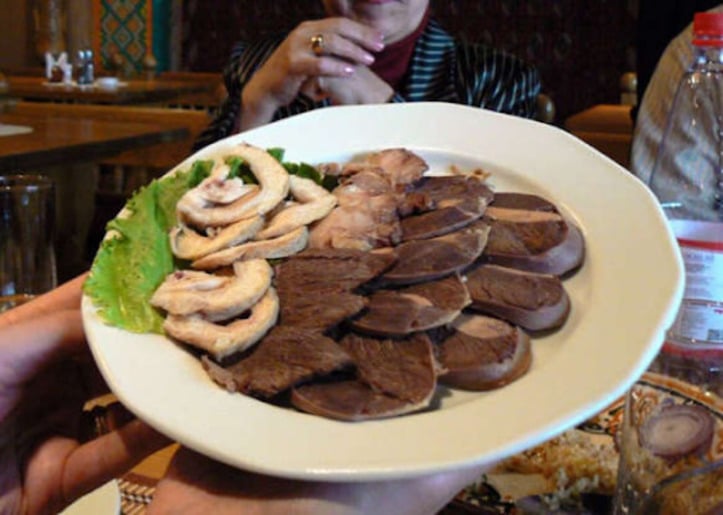
Source: Sara Yeomans/Wikimedia Commons
Another reason that horse meat isn’t easy to get by is that it must first be inspected. The Congress ban on Department of Agriculture funding for horsemeat inspections is the culprit for these sanctions. Japan considers it to be a delicacy, and there have been efforts to lighten the measures in the U.S., although the trend doesn’t seem likely to catch on anytime soon.
Raw Milk
Not all states in the U.S. have a current ban on raw milk, but the FDA heavily frowns upon its consumption and distribution. Since states have different legislations, raw milk is one of those items that cannot be crossed through state lines.
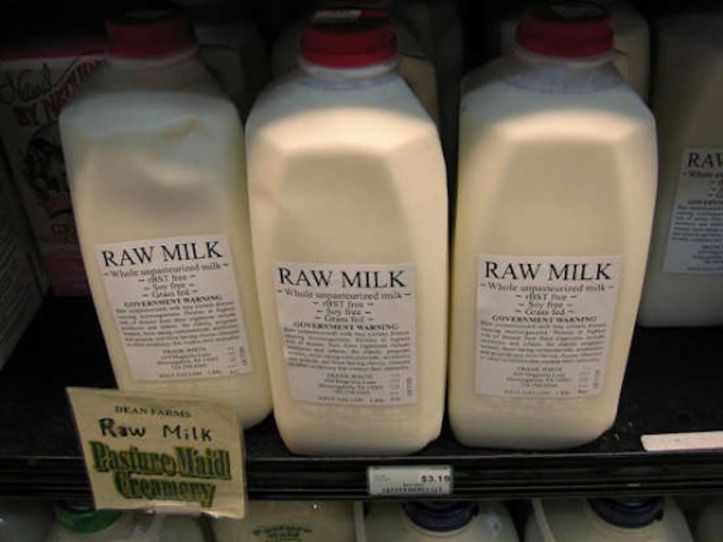
Source: Desiree N. Williams/Flickr
Because milk that hasn’t been pasteurized can harbor dangerous microorganisms, it’s not ideal for human consumption. Some of the threatening microbes that can be in the liquid include Salmonella, E. Colli, Listeria, and Campylobacter, which can cause severe food poisoning, amongst other effects.
Ortolan
Ortolans are cute little songbirds native to continental Europe. They’re also the main ingredient of an exotic dish. According to certain sources, the dish is delicious, but you don’t want to be caught munching on this birdy in the U.S.
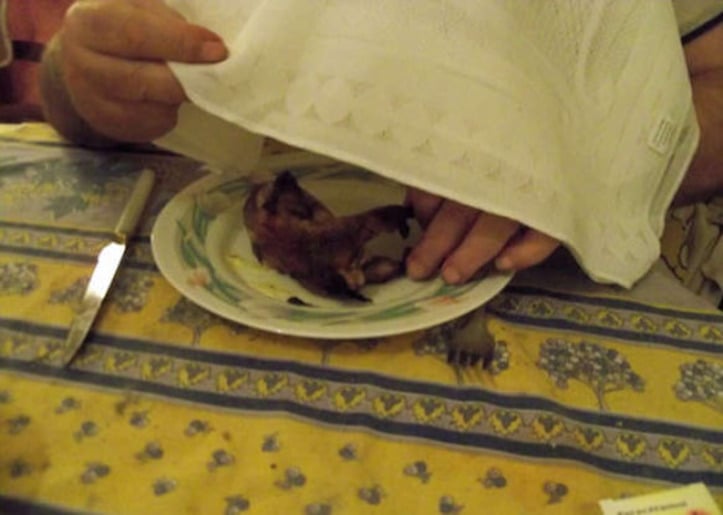
Source: Marianne Casamance/Wikimedia Commons
Because its preparation consists of force-feeding it and drowning it in Armagnac, it’s considered inhumane treatment, and that is heavily frowned upon, not only in the U.S. but also in the European Union countries, including France—the nation of origin for this dish. And because the bird is also endangered, with a decreasing population, it is unethical to consume.
Red Fish
When a dish becomes popular, it comes at a price. That’s what happened to redfish. In the 80s, once the renowned New Orleans chef Paul Prudhomme published a recipe that won the hearts of American families, it became highly prized. The population decreased to a threatening level, wiping out the species to the brink of extinction.
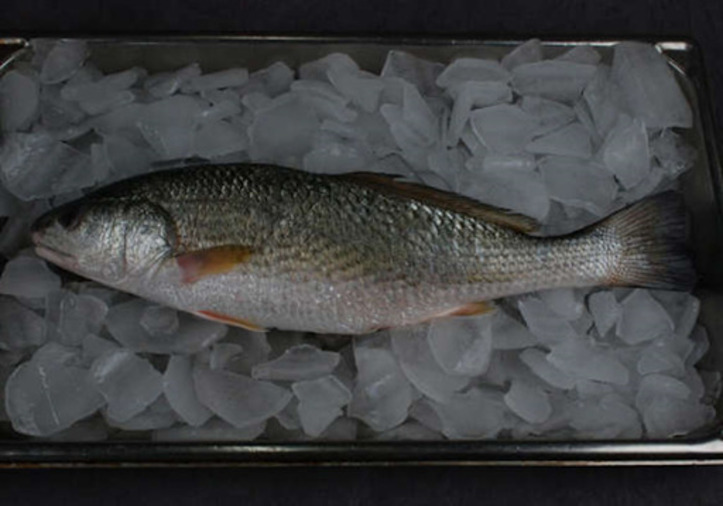
Source: Louisiana Sea Grant College/Flickr
Nowadays, fishing for personal use is only allowed in the state of Mississippi, and even so, there are a few regulations that have to be adhered to before the fish can make it out of the shore. The fish has to be above 30 inches in length, the daily limit is three, and they can be fished all year, with some exceptions.
Black Pudding
An essential part of a full English breakfast isn’t allowed in the U.S. While technically not a pudding, the correct term would be sausage, even though that term could apply to many types of food. This peculiar sausage is made out of pork and beef blood, pork fat, and cereal, like oatmeal or barley.
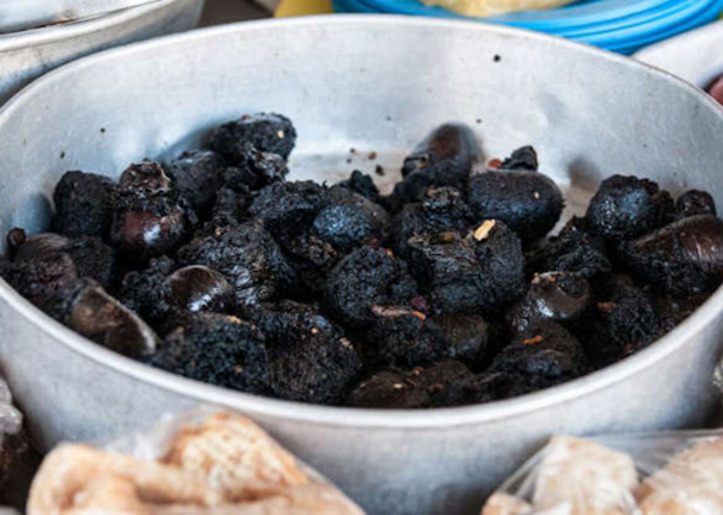
Source: The Photographer/Wikimedia Commons
Believed to be a superfood full of nutrients, some argue that the distinct flavor and texture are unpleasant to the tastebuds. For sanitary reasons, blood isn’t allowed to be brought into America. This rule also excludes ti-hoeh-koe—a Taiwanese dish containing blood as an ingredient—from coming in as well.
Camembert Cheese
Although Camembert can be found extensively in the U.S., the authentic Camembert de Normandie cannot be brought into the country. The reason behind this ban is that the soft cheese is made from unpasteurized milk in its country of origin, which places it on the FDA no-no list.
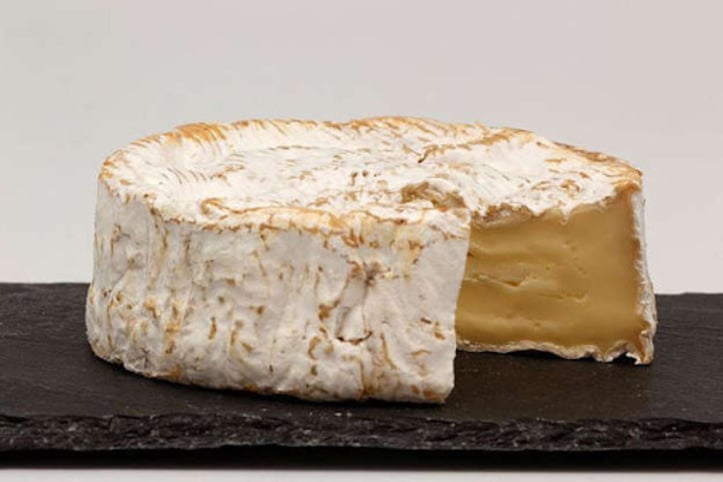
Source: Coyau/Wikimedia Commons
Foodborne pathogens thrive in raw milk. They can grow and spread, creating potentially serious bodily problems. For those outside the U.S., this ban seems a bit of an overreaction. All cheese relies on bacteria in its formation—some require raw milk for its extra creamy taste.
Mirabelle Plums
Unlike black pudding and Mont d’Or cheese, there are no health concerns involving mirabelle plums—they’ve just been caught in a tangle of import laws. The problem lies in the origins of the fruit. Real Mirabelle can only be grown in the region of Lorraine in France.
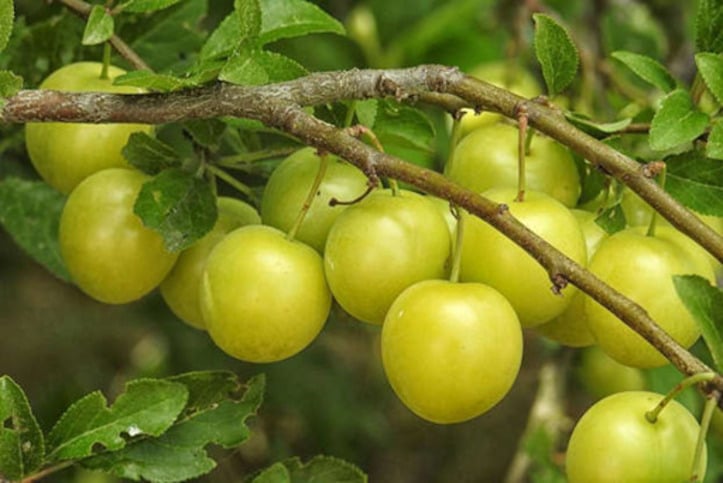
Source: Pixabay
The protected origin makes it practically impossible for anyone outside the EU to taste the plum. Even though plums are a great addition to any orchard, you couldn’t even bring the seeds as it’s against the agricultural protection laws.
Bird’s Nest Soup
A staple in Southeast Asian cuisine, this controversial dish has landed on the U.S. banned foods list due to health concerns. It is prone to carrying infectious diseases such as Newcastle’s disease and Highly Pathogenic Avian Influenza (H5N1). Many unconcerned tourists try to bring them as gifts and end up empty-handed after going through airport security.
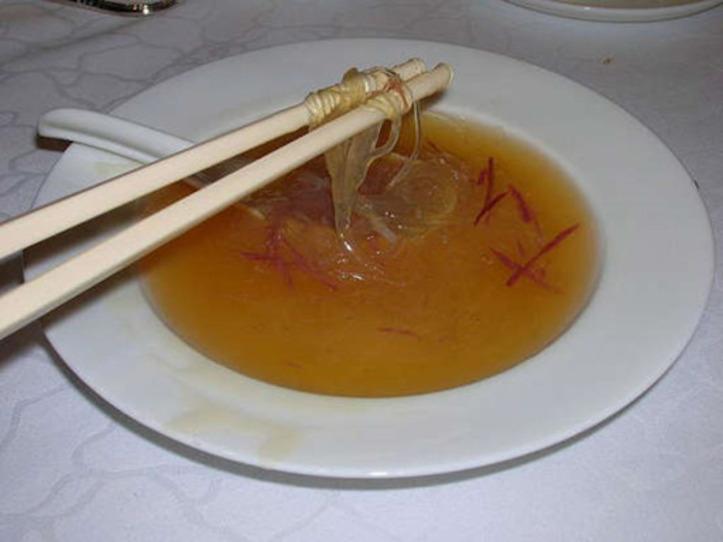
Source: Tzahy Lerner/Wikimedia Commons
The bird’s nest belongs to the swiftlet, a small bird species that makes its nest with its own saliva—a jelly-like substance that hardens when exposed to air. To many people’s surprise, it’s a rather tasteless ingredient, but it’s thought that the nutritional value is very high and can conserve youth. That’s why it’s known as “The caviar of the East.”
Japanese Pufferfish
Despite being poisonous and even deadly, this unsuspecting creature is considered a luxurious gourmet treat in Japan. Fugu, or Japanese puffer fish, is sought after for its taste—and also for the adrenaline that comes with eating a potentially lethal creature.
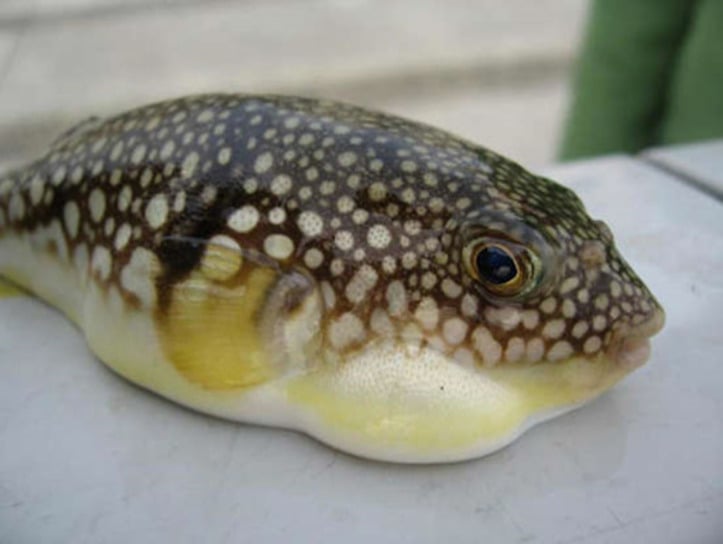
Source: furibond/Flickr
In the 80s, around one person died per week due to pufferfish consumption. Nowadays, thanks to better training from chefs, the number has reduced to about six deaths per year. So it comes as no surprise that the U.S. has placed a ban on them. The poison they carry—tetrodotoxin—is worse than cyanide.
Authentic Brie
This world-famous fromage is nearly impossible to find in the U.S. unless you make it yourself with raw, unpasteurized milk. Otherwise, getting your hands on authentic brie isn’t possible unless you buy yourself a ticket to France. Brie has become a staple in cheese platters and charcuterie boards due to its subtle yet sharp flavors and creamy texture.

Source: Thesupermat/Wikimedia Commons
The problem with the brie found in supermarkets is that pasteurized milk can’t replace the chemical processes that unpasteurized milk offers. The natural microflora kept in real brie is the main ingredient that makes this cheese achieve its distinctive taste.
Ackee
A delicious tropical fruit native to Western Africa, it’s also Jamaica’s national fruit. It contains an enormous amount of protein, fat, and vitamin C, as well as potentially poisonous properties that, if eaten, can be lethal. On the bright side, the fruit is only toxic when consumed unripe.

Source: Ralf Steinberger/Wikimedia Commons
Since 1973, the importation of raw ackee into the U.S. has been illegal. But all hope is not lost, as it is possible to consume ackee from its canned version. The ban on canned ackee has been lifted for a few years, although only for supervised FDA-approved producers.
Casu Marzu
This is one of the—literally—creepiest dishes in the world! This cheese is riddled with live maggots! Casu Marzu means rotten cheese and is made exclusively in Sardinia, Italy. The larvae are believed to give it a distinct taste and texture that is otherwise unattainable.
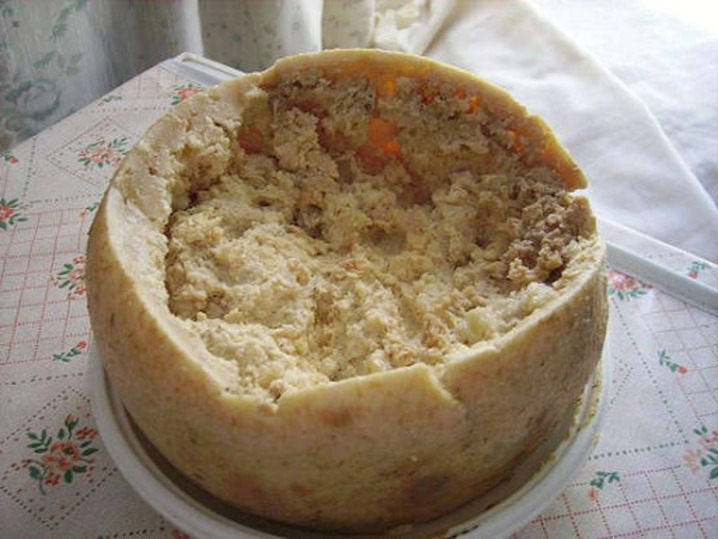
Source: Shardan/Wikimedia Commons
It’s probably obvious why this cheese is strictly forbidden in the U.S. Not only does it contain raw sheep milk—and possibly live creatures—but the cheese itself can potentially cause allergies, vomiting, and food poisoning. It’s probably an acquired taste, anyway.
Shark Fins
Shark fin soup is considered a delicacy amongst gourmet circles, but the ethical concern of consuming the dish has outweighed its delight. Although 12 states have created bills, some restaurants still serve the dish and choose to sell it clandestinely.
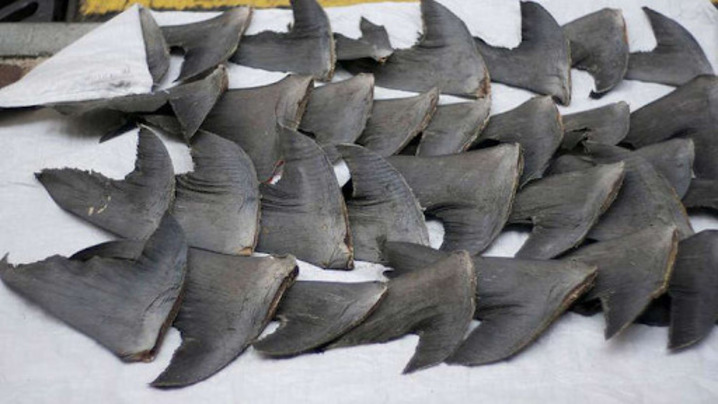
Source: Cloneofsnake/Wikimedia Commons
The Shark Fin Sales Elimination Act was introduced in 2019 but didn’t pass after being revised by the Senate. This bill would make it illegal to possess, sell, buy or transport shark fins in the entirety of the United States—something that, so far, nobody has not been able to achieve.
Absinthe
This spirit has a reputation for its alleged hallucinogenic properties. Research has proven that it doesn’t cause hallucinations, but it can be a convulsant if drunk in heavy doses. Although one can easily find Absinthe on most liquor store shelves, these are heavily regulated by the FDA.
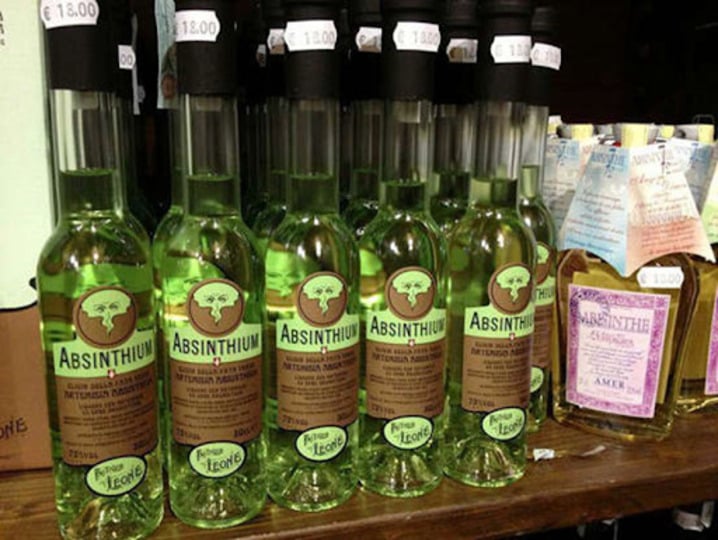
Source: Kjn91/Wikimedia Commons
Absinthe in the U.S. is only allowed if it’s thujone-free, a component that is found in wormwood, the main flavoring component in the drink. And even though the green fairy is a myth, people who enjoy the strong anise flavor can fall prey to drinking heavy quantities of the spirit. The 60%-70% alcohol level might be the real culprit of the bad reputation it has today.
Haggis
Unfortunately, Scotland’s national dish—a culinary pride—is nearly impossible to find in the U.S. The reason behind the ban might be not one but several ingredients used to concoct the sausage-type meal. Apparently, sheep lungs are unpopular with the FDA.
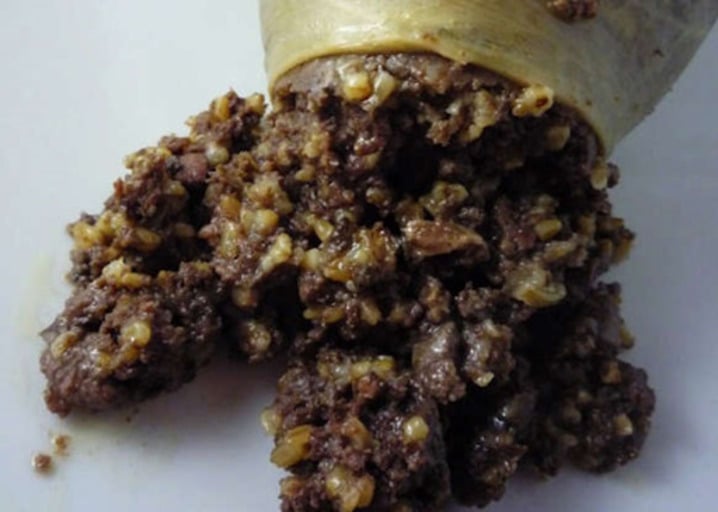
Source: Beck/Wikimedia Commons
Since 1971, the United States Department of Agriculture has imposed restrictions on any dish containing livestock lungs. It is difficult to properly clean the product during the butchering process, increasing the possibility of food-borne illnesses.
Beluga Sturgeon Caviar
One of the most expensive and opulent delicacies in the world is known for its delicate yet pungent flavor. This specific type of roe was forbidden in the U.S. when it became obvious that the beluga sturgeon population was falling in excessively high numbers. Within a few decades, the population decreased and became “critically endangered.”
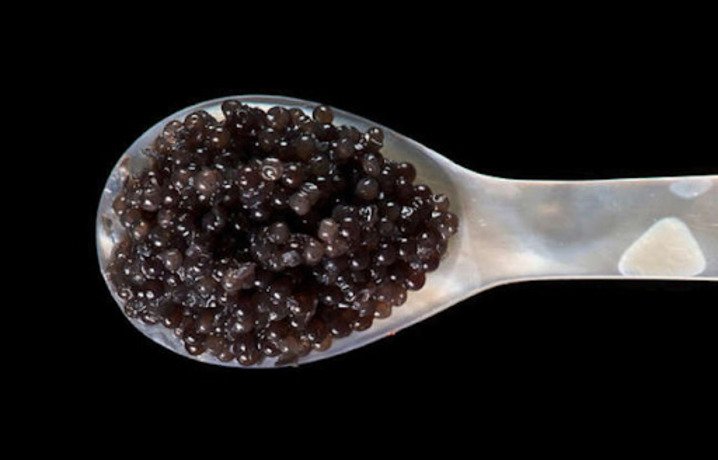
Source: Saibo/Wikimedia Commons
Only one company in the U.S. has the license to sell real beluga sturgeon caviar due to its efforts to repopulate the species with promising results. Sturgeon AquaFarms donates around 160,000 fertilized beluga eggs a year to the Caspian sea region.
Kinder Eggs
Kinder Eggs are a childhood favorite for many people around the globe, especially in Europe. The milky chocolate covering a plastic egg with a toy inside is a double delight. Unfortunately, treats like these have been banned in the U.S. since the 1930s.

Source: Pixabay
The problem resides in a law that forbids candy with non-edible items inside. That’s an accurate description of the chocolatey eggs, inevitably restricting their acceptance into the country. In 2017, there was an effort to bring them to U.S. markets by dividing the toy from the chocolate. The packaging was still very attractive, but they didn’t take off as much as the company predicted.
Sassafras Oil
This one might come as a surprise for root beer drinkers. Historically, it has been used as a flavoring. Root beer in the U.S. contains no sassafras oil since it was deemed a hazardous carcinogen in the 1960s. It comes from a tree native to the east side of the United States.

Source: www.seattlepi.com
In natural ingredients such as cinnamon, sweet basil, nutmeg, mace, anise, and black pepper, the amount of safrole (the active ingredient in sassafras oil) is minimum, which is why these spices were not forbidden by law. In other countries, the oil is used as a flavoring agent, an eye infection treatment, and aromatherapy.
Swan
Swans were banned from being hunted in the U.S. because some types have landed a spot on the endangered-animals list. If anyone dares to shoot or hurt a swan, the consequences will be dire. Hunters can expect a fine of $2,375 and revocation of any hunting and fishing licenses.

Source: en.wikipedia.org
Swan isn’t a common dish nowadays. In 16th-century England, it was regarded as a luxurious dish eaten by royalty during Elizabeth I’s reign. The taste, allegedly, isn’t far from duck or geese, although sources claim it to have a fishier taste.
Flamin’ Hot Cheetos
Believe it or not, school districts throughout the U.S. have been fighting against the existence of Flamin’ Hot Cheetos. With enough sodium to fulfill an adult’s week’s recommended intake and around thirty grams of fat, it is understandable that parents and lawmakers would be concerned.
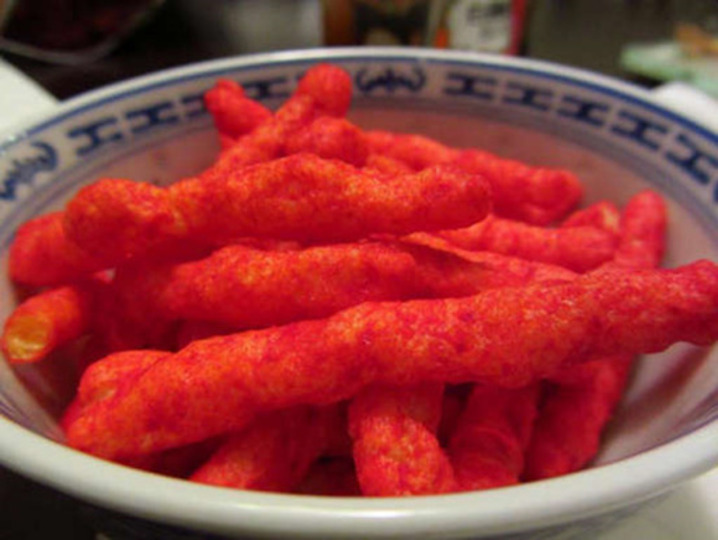
Source: Flickr
In 2012, the fluorescent red snacks were deemed unhealthy and banned at schools in the states of California, New Mexico, and Illinois—meaning they won’t be served or sold at school, and if any child brings them for lunch, they will have the snack confiscated.
Foie Gras
The U.S. seems to have a thing for banning French cuisine, although this one might seem reasonable once you know how foie gras is made. The traditional way of making foie gras involves force-feeding ducks with gavage, until their livers develop a disease called hepatic steatosis.
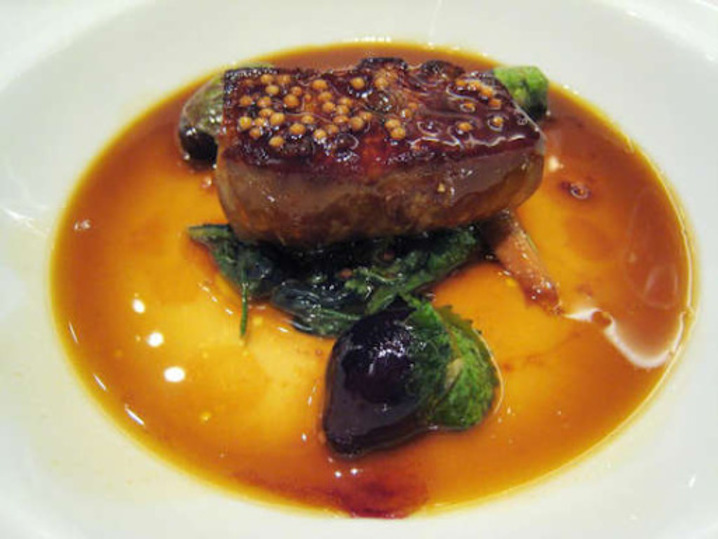
Source: tulsaworld.com
Hepatic steatosis makes the ducks’ livers grow ten times their normal size. The dish is considered a delicacy in France and is commonly eaten in cold weather, delivering a buttery, nutty, and a rather delicate flavor.
Silver Dragées
Sprinkles are bakers’ favorite decoration for holiday dessert treats—think cakes or pretty pastries. Silver sprinkles can be easily found in the baked goods aisle in most supermarkets, but the FDA warns that they should not be for consumption.

Source: Forter
Although technically not banned, the topic has caused quite a stir, as the component that turns these sprinkles silver wasn’t intended to be used as a food additive. In the 70s, the FDA attempted to deter people from eating silver dragées by claiming that they would turn skin blue-gray if consumed.
Époisses Cheese
Cheese is an ingredient that is beloved by old and young, especially across the global north. But the cheese game in the U.S. will likely never compare to the one in Europe. This is largely due to strict laws regarding health concerns in the cheese-making process.
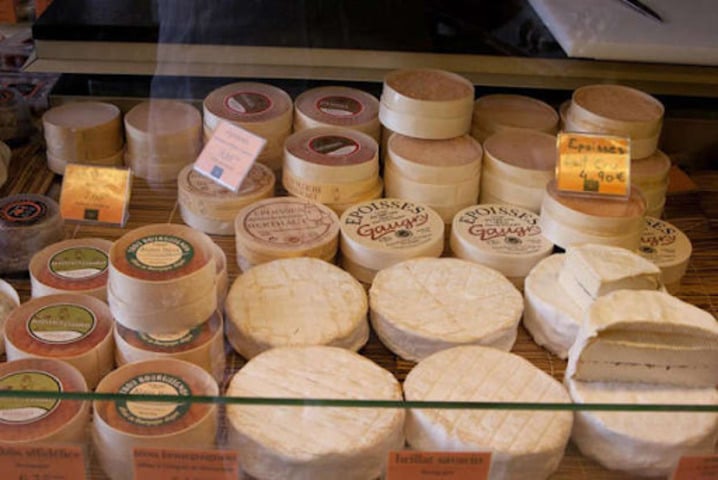
Source: www.seattlepi.com
For example, époisse cheese has a distinct bold taste and stinging smell that is unattainable without raw milk and a short-aging process. But these methods and ingredients can potentially propagate outbreaks of diseases, such as Listeria. In France, époisse is forbidden on the metro. Not for the same reasons as in the U.S.—but because of its pungent smell.
